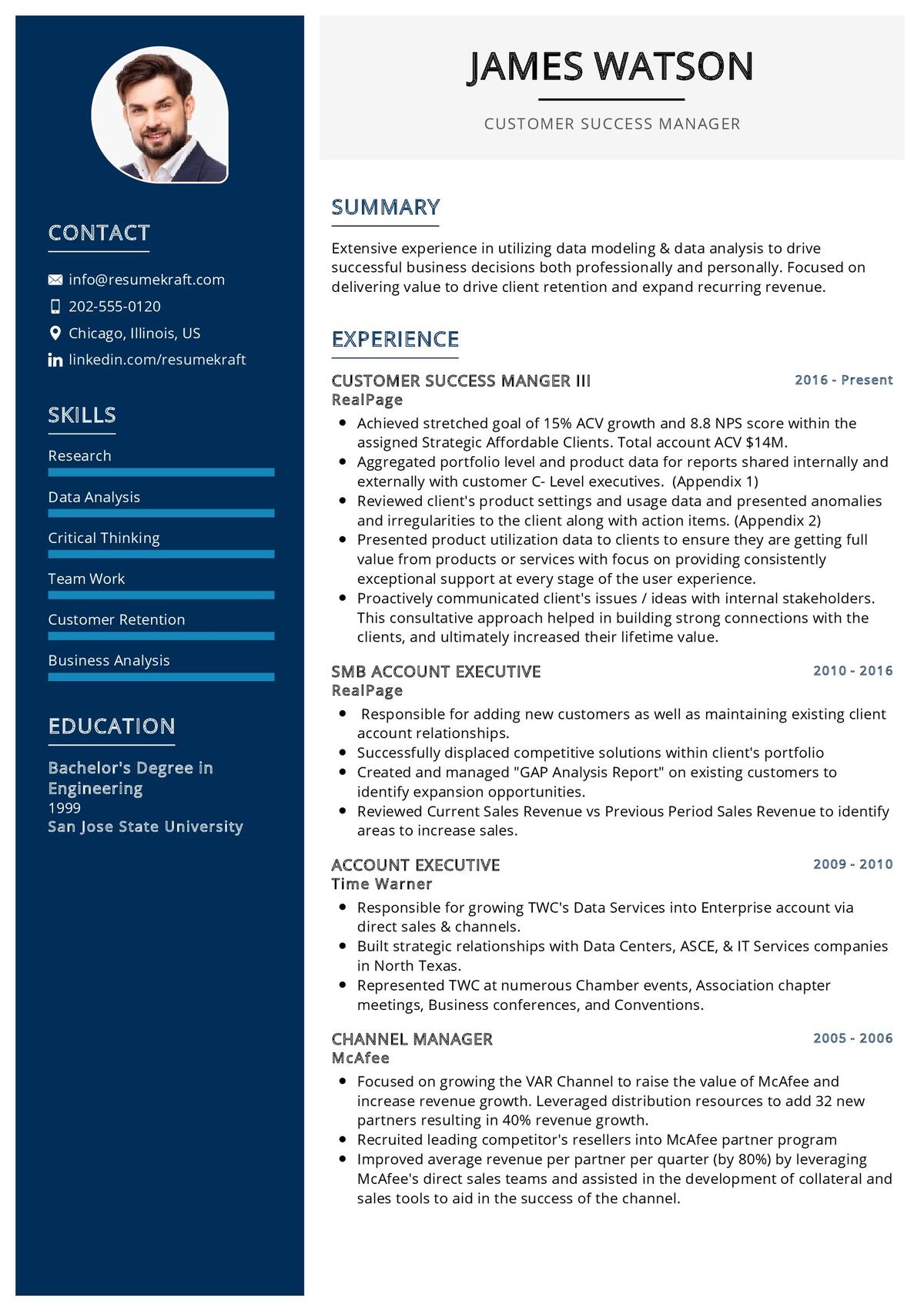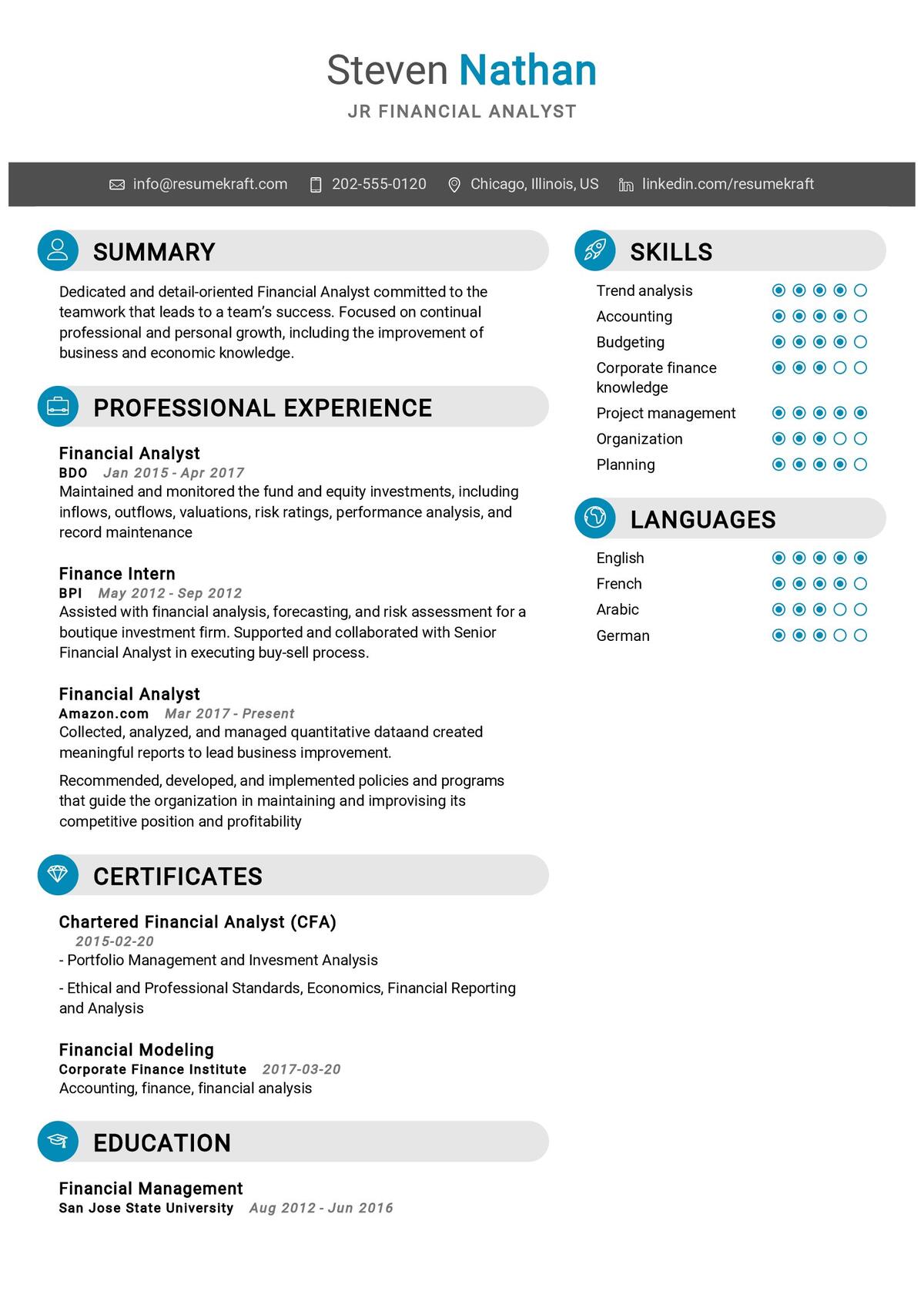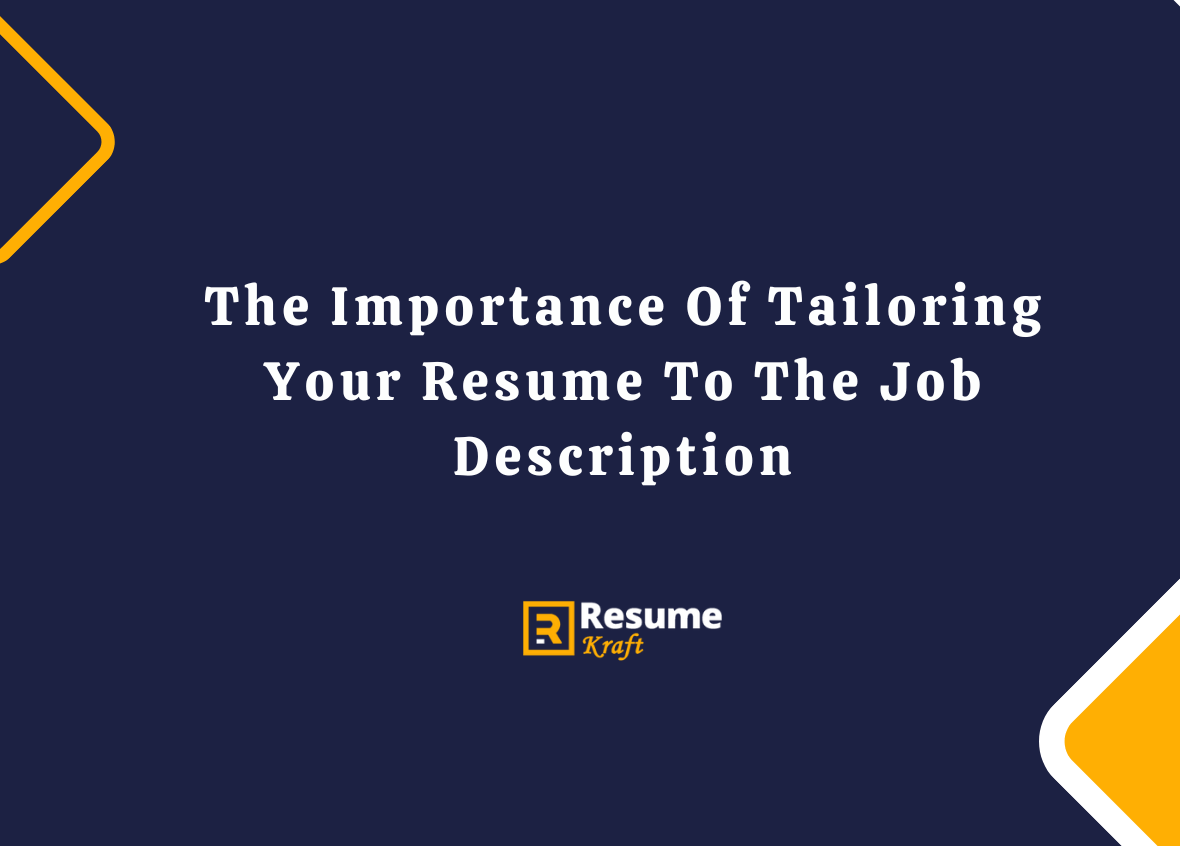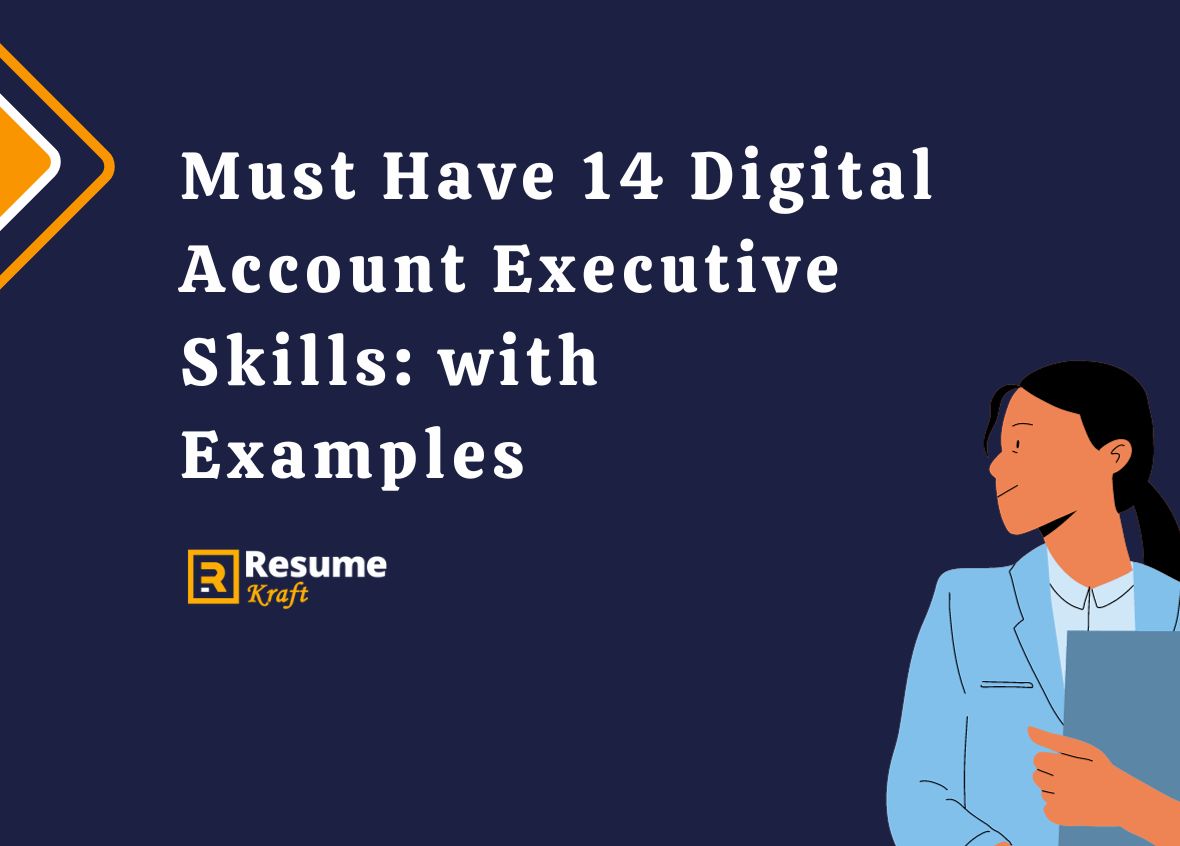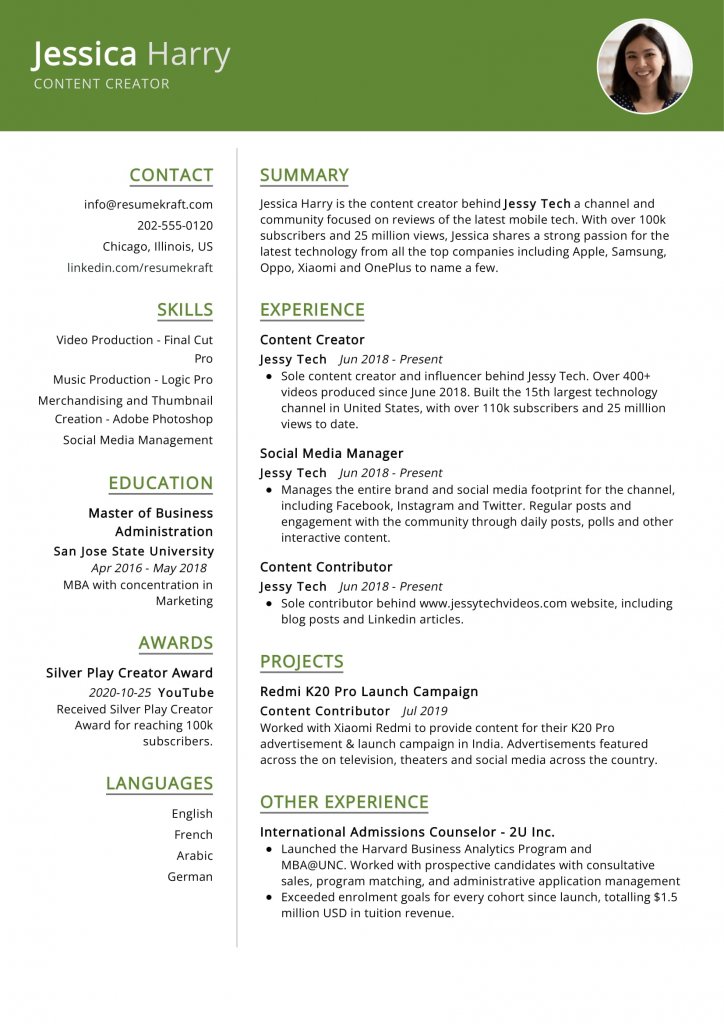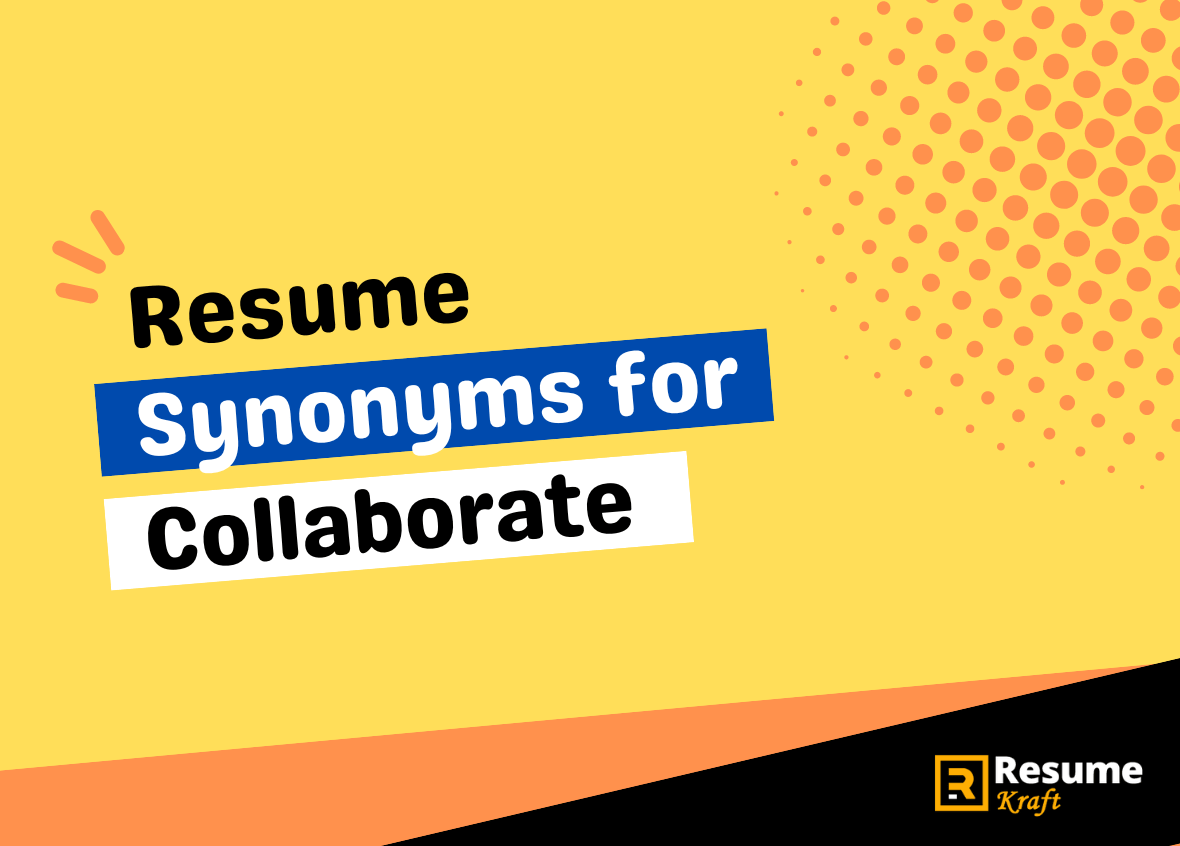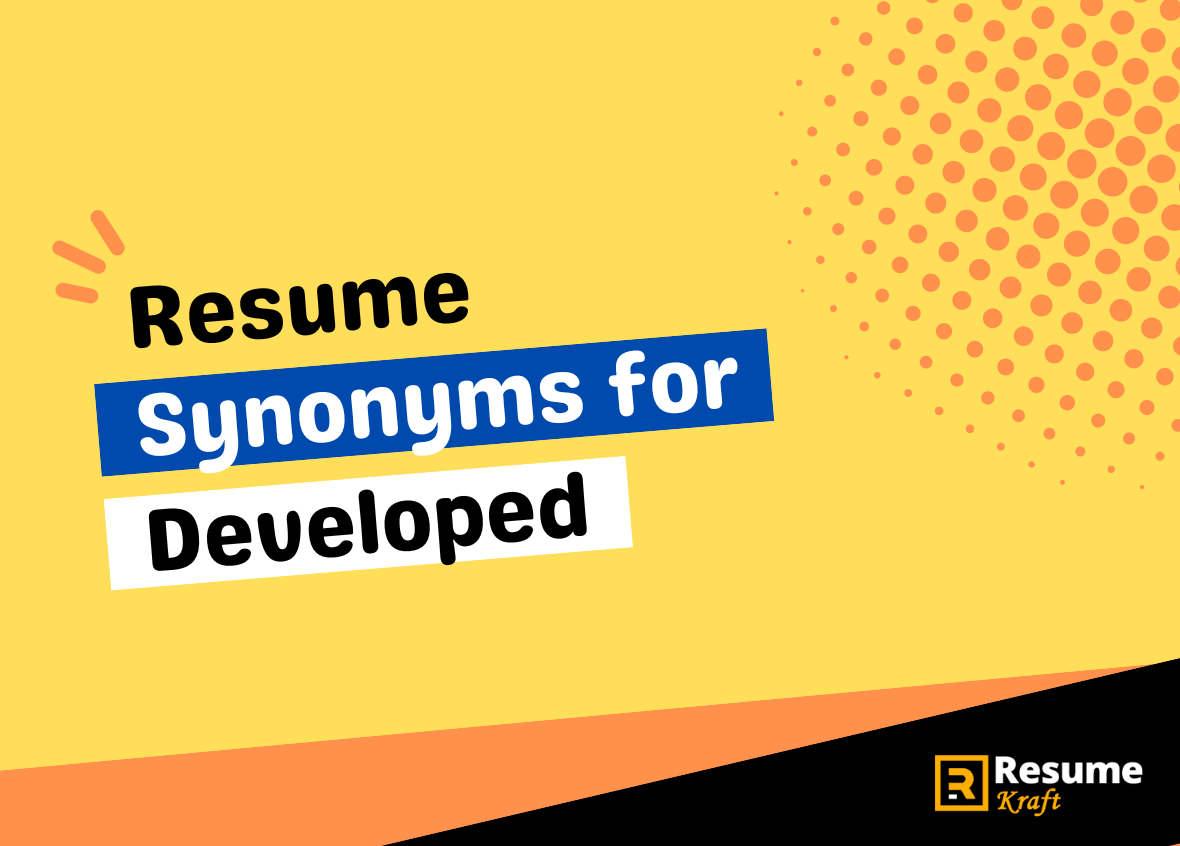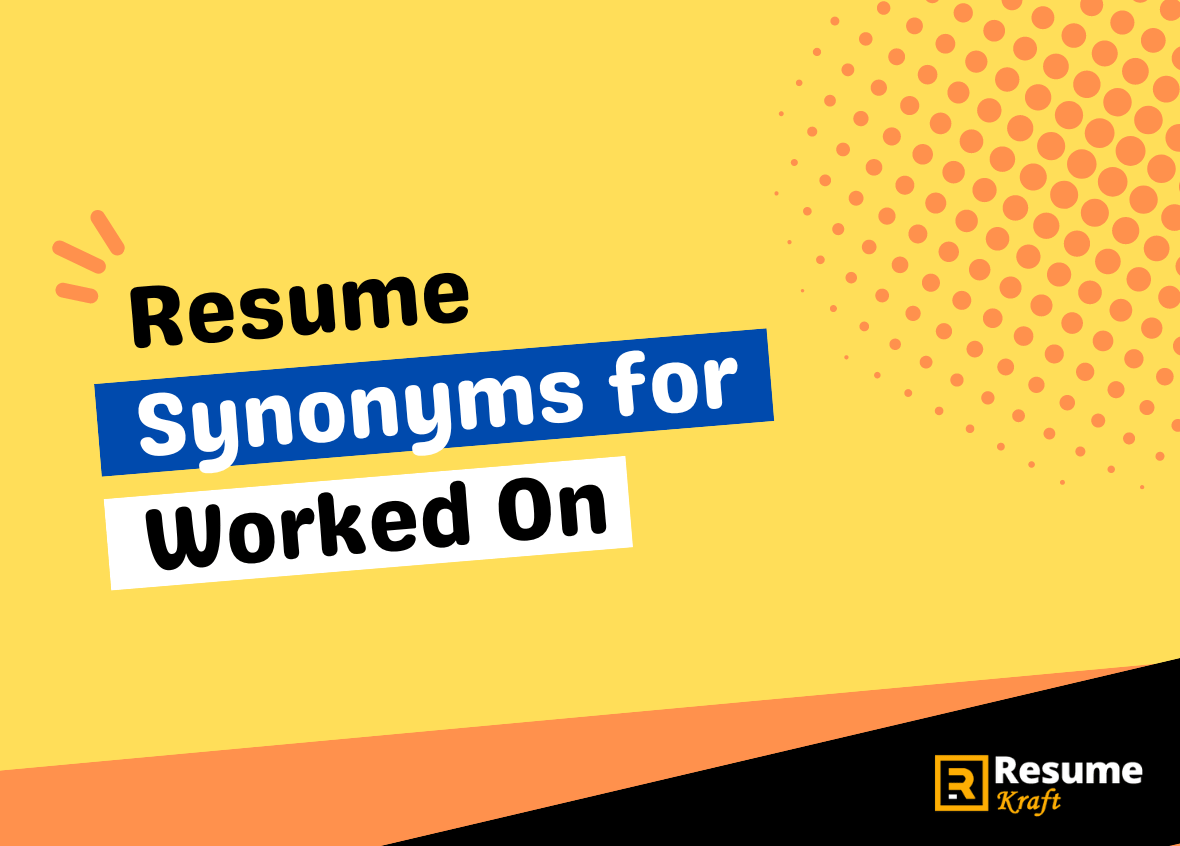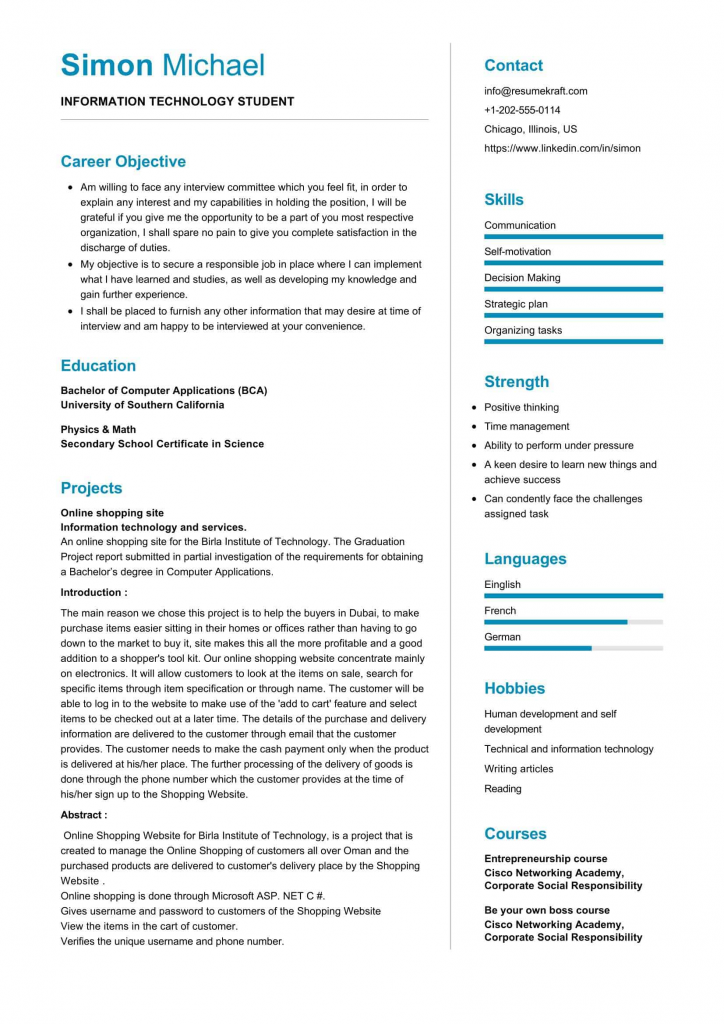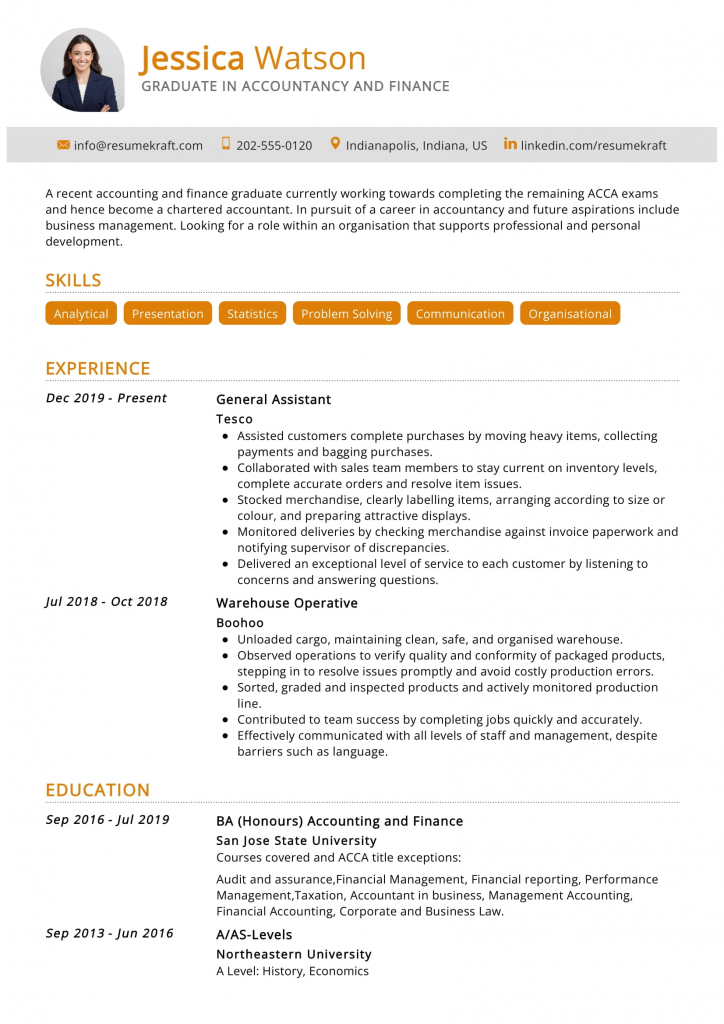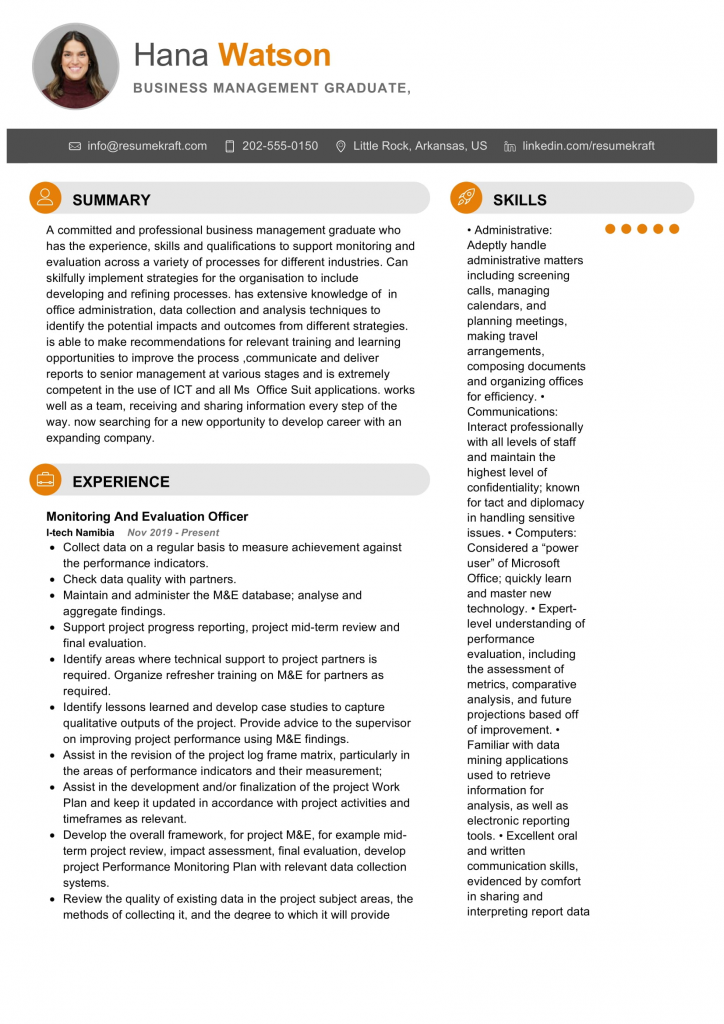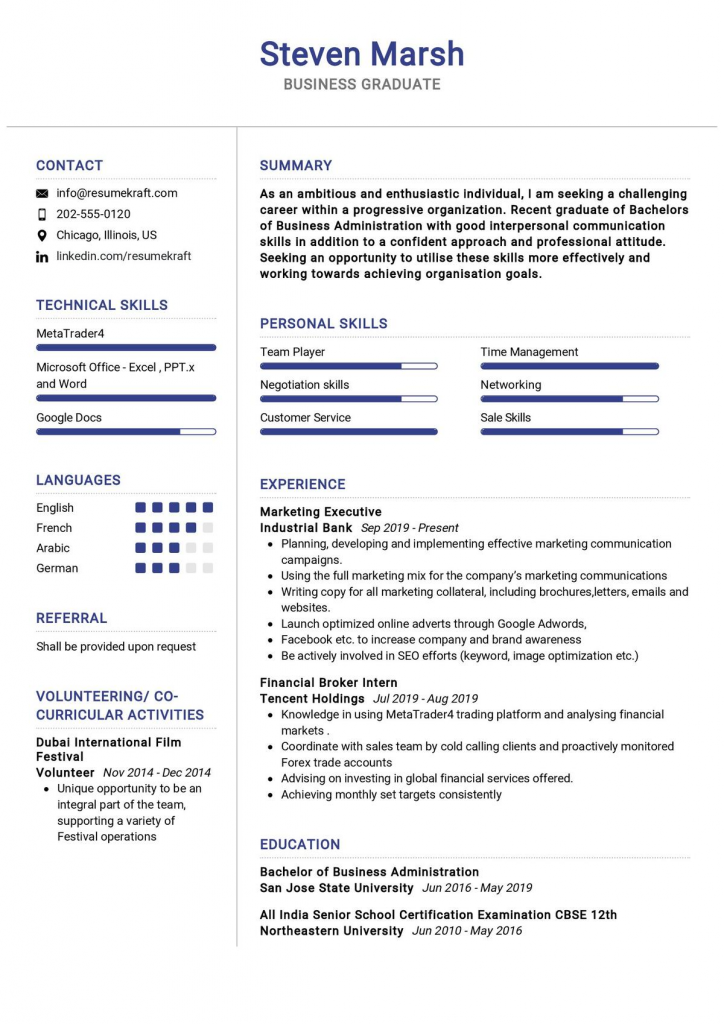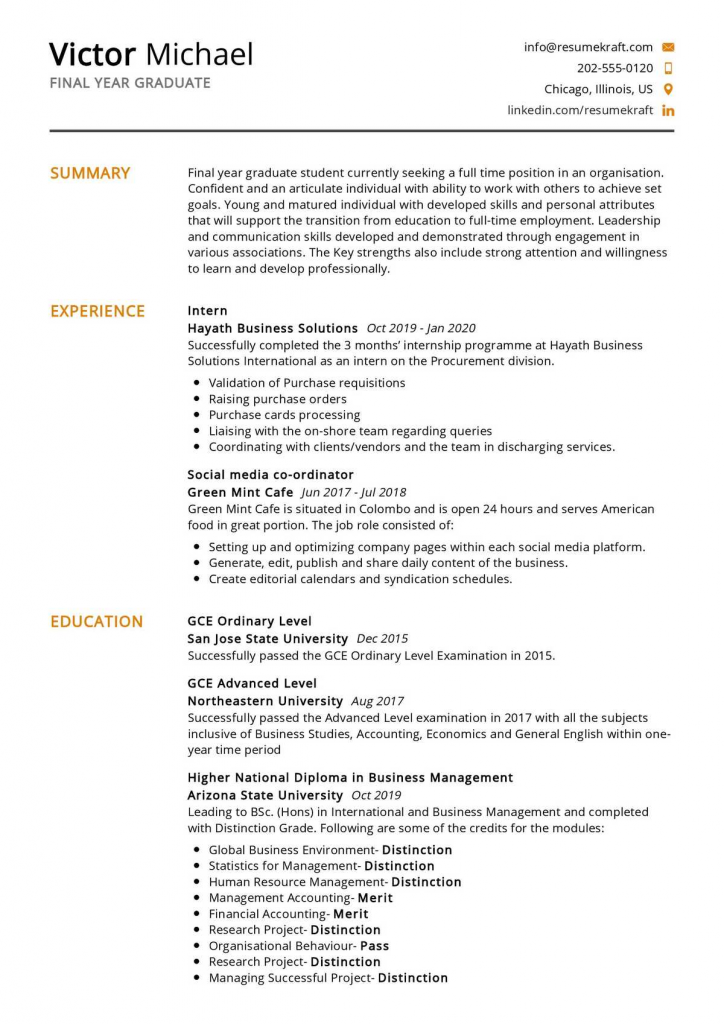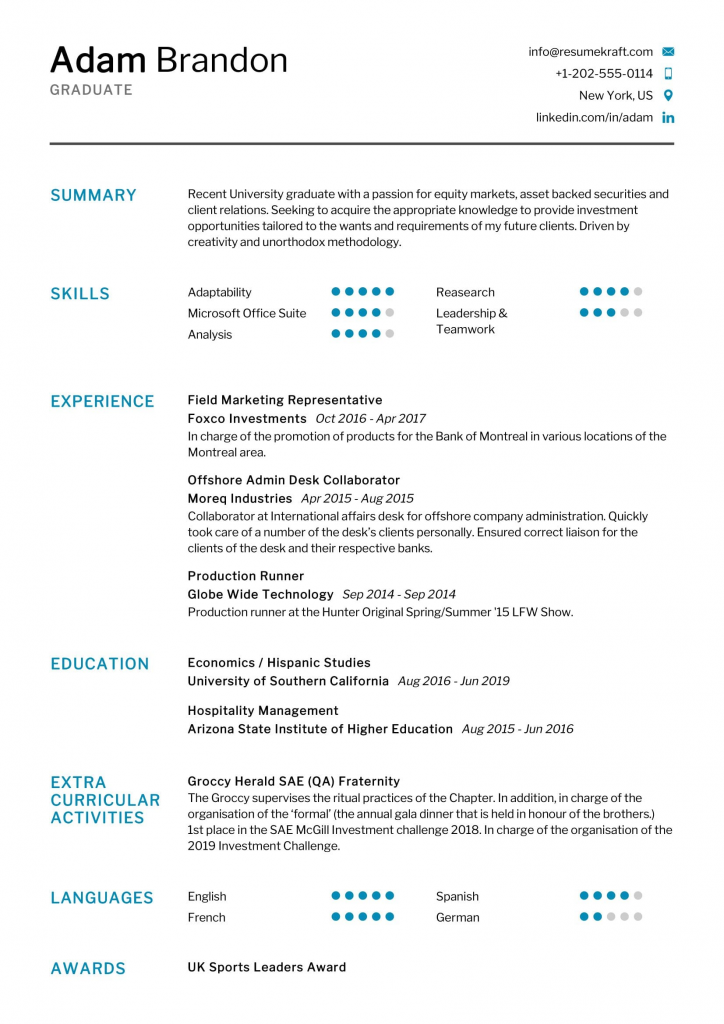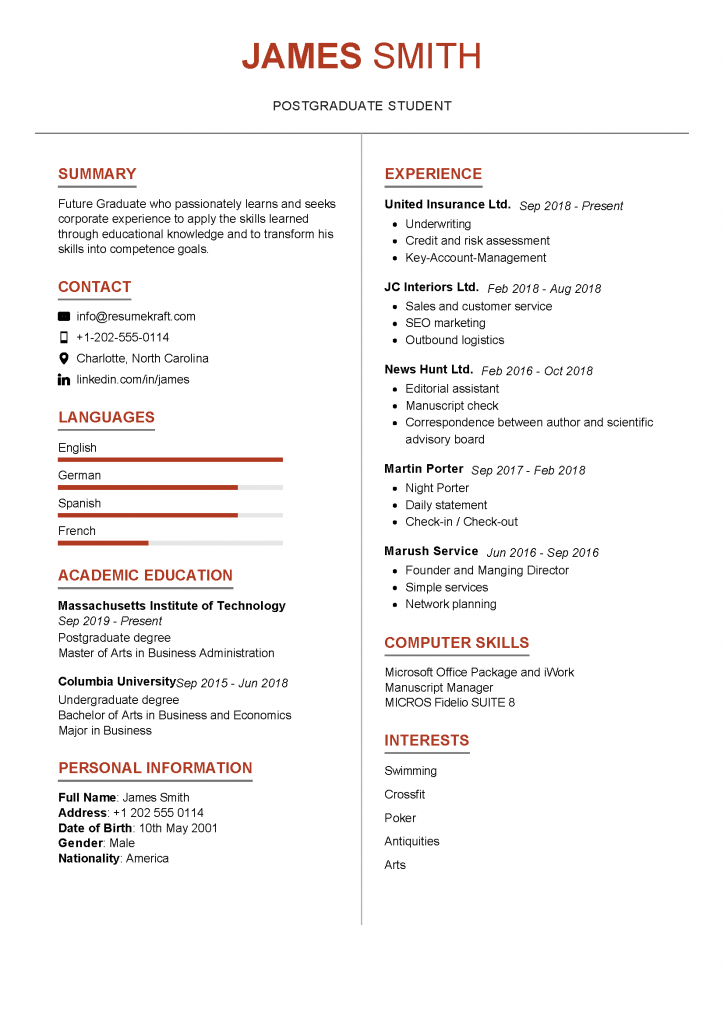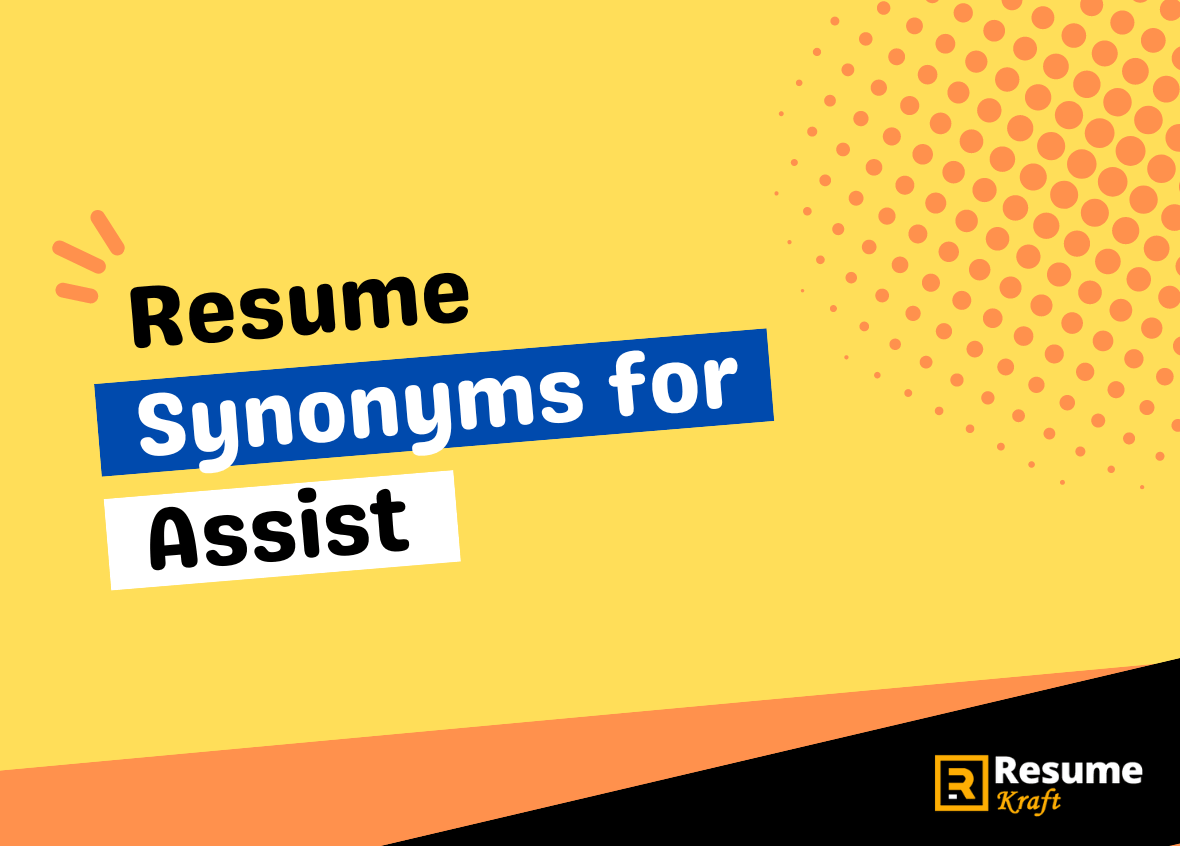
Powerful Resume Synonyms for Assist – A Comprehensive Guide
A well-crafted resume is a passport to your dream job. It’s more than a bland list of skills and experiences. Instead, it’s a dynamic showcase of your talents and expertise. At the heart of this showcase lies the art of choosing the right words. One such powerful verb that often finds its place in resumes is assist. But are there ways to make it sound even more compelling and impressive? Absolutely! This comprehensive guide will explore diverse synonyms for ‘assist’ and how to effectively implement them in your resume.
Boost your resume’s appeal with our comprehensive guide to powerful synonyms for ‘assist’. Discover 50 impactful action verbs, their appropriate usage, and common mistakes to avoid. Our guide even includes engaging case studies to show the transformative power of the right word choices.
Understanding the Action Verb ‘Assist’
The term ‘assist’ is a quintessential action verb used in resumes. It signifies a helpful action, suggesting you have lent your skills to a task or project, often contributing to successful results. However, the ubiquity of this term can also be its downfall.
Imagine reading through hundreds of resumes each day, only to see the word ‘assist’ appear time and time again. It becomes repetitive and fails to stand out. That’s why it’s crucial to break the monotony and offer a fresh take on your contributions. Having a diverse linguistic repertoire can make your resume more vibrant and memorable.
50 Powerful Resume Synonyms for ‘Assist’
Are you ready to inject some linguistic diversity into your resume? Here’s a comprehensive list of powerful synonyms for ‘assist’, each carrying unique connotations that can match various contexts.
| Synonym | Connotation | Example |
|---|---|---|
| Aid | Help in need | Aided in crisis management during system breakdown |
| Support | Provide steady help | Supported the team in daily administrative tasks |
| Facilitate | Enable or make easier | Facilitated client meetings and presentations |
| Help | General assistance | Helped in developing a new training module |
| Enable | Make possible | Enabled efficient communication between departments |
| Boost | Assist to improve | Boosted team morale through organized team-building activities |
| Advance | Help move forward | Advanced the company’s initiative for green energy |
| Back | Support or endorse | Backed the fundraising efforts for company CSR activities |
| Foster | Encourage development | Fostered a culture of continuous learning within the team |
| Promote | Help to flourish | Promoted diversity and inclusion in the workplace |
| Contribute | Add to something | Contributed to the successful launch of a new product |
| Guide | Lead or direct | Guided new team members in understanding work protocols |
| Cooperate | Work jointly | Cooperated with the sales team to meet the monthly targets |
| Collaborate | Work together | Collaborated with cross-functional teams on several projects |
| Alleviate | Make less severe | Alleviated customer complaints by implementing a new feedback system |
| Augment | Make greater | Augmented the efficiency of the production process |
| Ameliorate | Make better | Ameliorated team performance by providing constructive feedback |
| Strengthen | Make stronger | Strengthened relationships with key clients |
| Simplify | Make simpler | Simplified complex data for better team comprehension |
| Sustain | Maintain or uphold | Sustained quality standards across all processes |
| Champion | Advocate or support | Championed the digital transformation project in the company |
| Serve | Work dutifully | Served the team by coordinating logistics for all events |
| Drive | Push forward | Drove the initiative for a healthier workplace |
| Expedite | Make faster | Expedited the invoice processing system |
| Propel | Drive or push forward | Propelled marketing efforts to increase brand visibility |
| Stimulate | Encourage into action | Stimulated the team to exceed their sales targets |
| Improve | Make better | Improved system efficiency by 20% |
| Encourage | Give support | Encouraged open communication within the team |
| Nurture | Care for and encourage | Nurtured team talents through regular skill-building workshops |
| Empower | Give power or authority | Empowered the team with decision-making capabilities |
| Elevate | Raise to a higher level | Elevated client satisfaction by providing excellent service |
| Fortify | Strengthen or invigorate | Fortified the supply chain by identifying and addressing bottlenecks |
| Galvanize | Stimulate or excite | Galvanized the team towards achieving the quarterly goals |
| Mitigate | Make less severe | Mitigated risks associated with the new project |
| Rejuvenate | Make feel better or newer | Rejuvenated the team’s spirits through regular team outings |
| Intensify | Make intense or stronger | Intensified efforts to meet the project deadline |
| Bolster | Support or reinforce | Bolstered the company’s social media presence |
| Reinforce | Strengthen or support | Reinforced the company’s customer service policies |
| Invigorate | Give strength or energy | Invigorated the sales strategy with fresh, innovative ideas |
| Enrich | Improve the quality | Enriched team knowledge by conducting weekly knowledge sharing sessions |
| Amplify | Make larger or more powerful | Amplified the impact of marketing campaigns by utilizing data analytics |
| Enhance | Intensify or further improve | Enhanced customer relations through personalized communication |
| Catalyze | Cause or accelerate | Catalyzed changes to improve workflow efficiency |
| Escalate | Increase or intensify | Escalated the process of onboarding by optimizing the system |
| Steer | Guide or control | Steered the project to completion within the stipulated timeframe |
| Sharpen | Improve or make better | Sharpened the company’s competitive edge by researching market trends |
| Maximize | Make the most of | Maximized team productivity through effective task delegation |
| Optimize | Make the best of | Optimized resources to maintain project timelines |
Build your resume in just 5 minutes with AI.
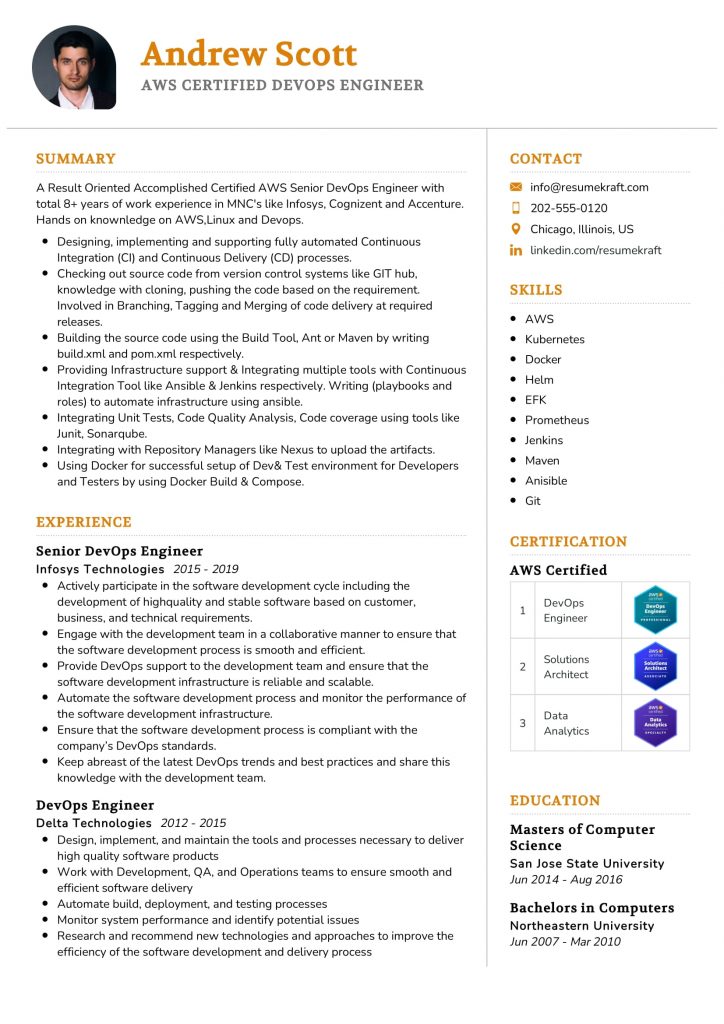
The Impact of Using Diverse Action Verbs
Diverse action verbs in your resume are like different shades of paint for an artist’s palette. The more shades you have, the more vibrant and detailed your painting—or in this case, your resume—becomes.
Recruiters sift through hundreds, sometimes thousands, of resumes, all trying to sell various skills and experiences. In this highly competitive environment, having a resume that can stand out, be engaging and easy to read, can tip the scales in your favor.
“Using a variety of action verbs in your resume not only helps to present your experiences in new, engaging ways, but it also demonstrates your ability to express yourself accurately and creatively. This is a valuable skill in any job role,” says Martina Johnson, a senior HR professional with over 15 years of experience.
Appropriate Usage of Synonyms for ‘Assist’
Knowing a wide range of synonyms for ‘assist’ is just the beginning. Applying them appropriately in your resume is where the real magic happens. It’s crucial to understand that synonyms are not universally interchangeable. They have unique connotations and are best suited for certain contexts. Using them appropriately can bring life to your resume and create a vivid picture of your skills and experiences.
Common Mistakes in Using Synonyms for ‘Assist’
While diversifying your resume language is beneficial, there are some common pitfalls to avoid:
1. Misusing Synonyms: It’s crucial to understand the connotation each verb carries and use it in the right context. For example, ‘aid’ often implies help in a challenging situation. Using ‘aid’ for a regular task may not convey the correct image.
2. Overstuffing Your Resume with Fancy Words: While powerful verbs can make your resume stand out, an excess can make it difficult to read and understand. Aim for a balanced approach.
3. Inconsistency in Verb Tenses: When describing your work experiences, ensure you maintain a consistent verb tense. Typically, past roles should be described in the past tense, and current roles should be described in the present tense.
Remember, the goal is to enhance your resume, making it a clear and engaging document that effectively showcases your skills and experiences.
Case Study: Resumes Before and After Synonym Usage
Let’s look at the transformation of a resume bullet point with the appropriate use of synonyms.
Before: “Assisted the team in software development processes.”
After: “Collaborated with the team to expedite software development processes, leading to a 15% reduction in project completion time.”
In the ‘after’ example, ‘collaborated’ and ‘expedited’ replace ‘assisted’, adding energy and specificity to the sentence. This version not only sounds more compelling but also gives a clearer picture of the candidate’s role and the results of their efforts.
Here’s another transformation:
Before: “Assisted in the creation of marketing campaigns.”
After: “Played a pivotal role in devising and executing innovative marketing campaigns that boosted customer engagement by 25%.”
In the revised sentence, ‘played a pivotal role in devising and executing’ replaces ‘assisted in the creation of’, which paints a more vivid picture of active involvement and contribution.
These examples highlight the potential impact of word choice in your resume. Different synonyms can provide a fresh perspective on your role and showcase your contributions more effectively.
Conclusion
The power of language in a resume extends far beyond simply filling in blanks. It’s about presenting your professional story in a compelling and engaging manner. Using diverse and appropriate synonyms for ‘assist’ is one step towards crafting a resume that stands out in the crowd.
By understanding the connotations of different action verbs and employing them wisely in your resume, you can breathe new life into your job applications. So, the next time you’re about to write ‘assist’ in your resume, remember there’s a world of vivid, powerful synonyms waiting to elevate your professional narrative!

Build your resume in 5 minutes
Our resume builder is easy to use and will help you create a resume that is ATS-friendly and will stand out from the crowd.
Recommended Reading:



